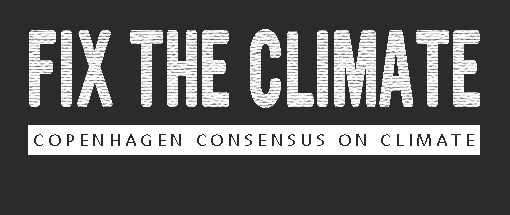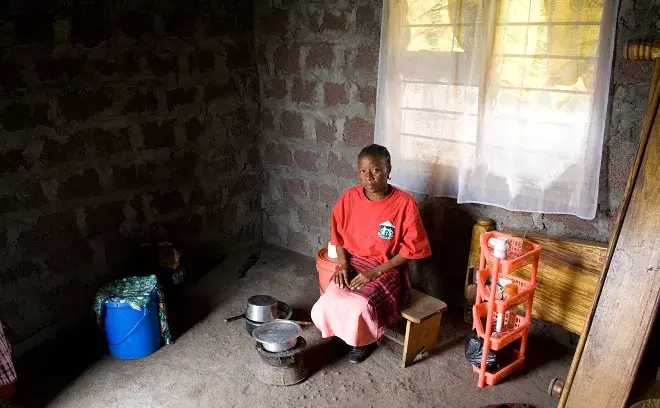Mary Thomas, Tanzania
Every year, more than 10,000 tourists are drawn to Mount Kilimanjaro in Tanzania, driven in no small part by the fear that the mountain’s magnificent ice will soon melt.
Mary Thomas lives not far from their path, on the southwestern slopes of that mountain, but tourists do not come to her town of Mungushi.
At 45, Mary is a widow. Her husband died of HIV/AIDS; she too was diagnosed as HIV positive. “When my husband’s family found out that I had HIV, they isolated me and took my house,” she told a Copenhagen Consensus researcher in June.
“Before I got HIV I never expected to live like this and be so poor. I had a good house and food on the table and I was living a good life.”
Today, Mary lives in a small house with two small rooms. There is no electricity and the toilet is a hole in the ground outside the house. Her three children, all HIV negative, have been taken away by relatives. She worries about their care after her death.
She has heard talk of melting ice on Mount Kilimanjaro, and she has noticed less snow and rain and drier conditions since she was a child. “It worries me.”
This, according to climate groups, is an critical and urgent problem. Greenpeace warns there could be no ice left on the mountain within just eight years. “This is the price we pay if climate change is allowed to go unchecked,” warns the group.
For climate activists, the receding ice is evidence of the need for developed countries to drastically reduce carbon output.
The glaciers on Mount Kilimanjaro have actually been receding continuously since 1890. When Hemmingway published ‘Snows of Kilimanjaro’ in 1936, the mountain had already lost more than half its surface ice area in 56 years. This is more than it has lost in the 70 years since.
According to scientific research, the reason the ice is disappearing is not warming temperatures, but a shift around 1880 towards drier climates. What we see today is a hangover from that climactic shift.
Even if some of their claims are questionable, climate activists have managed to promote local tourism and have done a great job at bringing the world’s attention to a mountain’s glaciers – but they are doing a poor job at bringing attention to the actual people of Tanzania.
For Mary, arguments over the state of the ice are irrelevant. She does not think for long when asked what donors and the Tanzanian government should do here first. She wants the opportunity to earn a living. “Education is the first priority and it should provide proper understanding of HIV and reduce the stigma. The next priority is micro-finance so people can have the chance to become self-reliant.”
As she puts it,”there is no need for ice on the mountain if there is no people around because of HIV/AIDS.”
Researcher: Thor Hampus Bank


